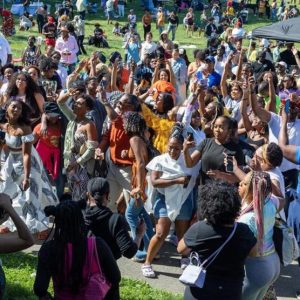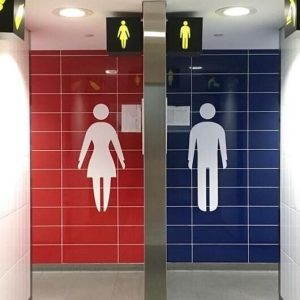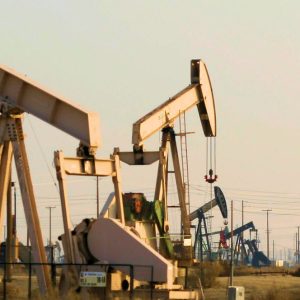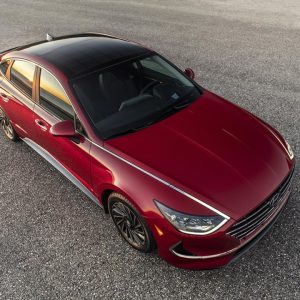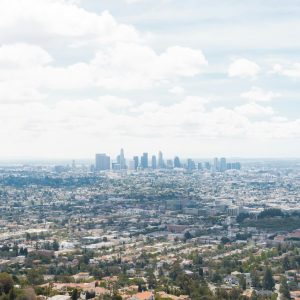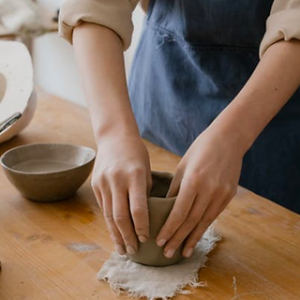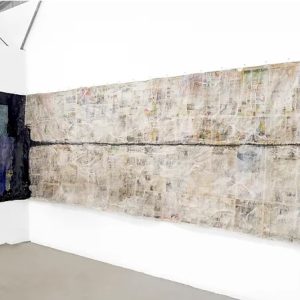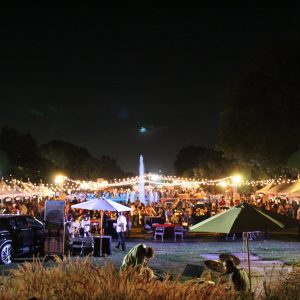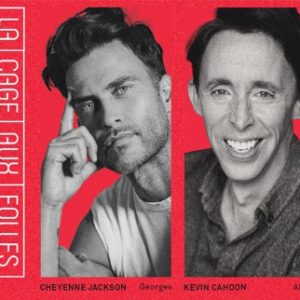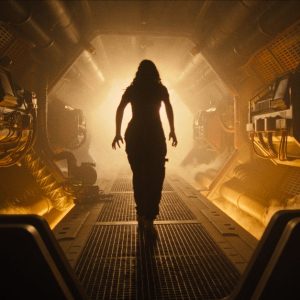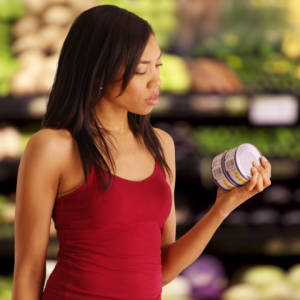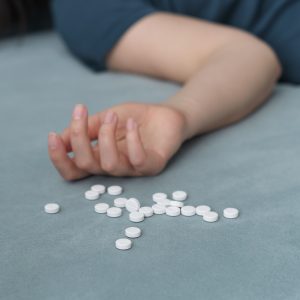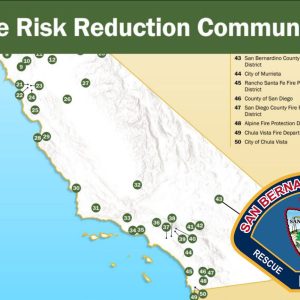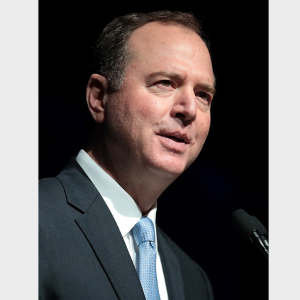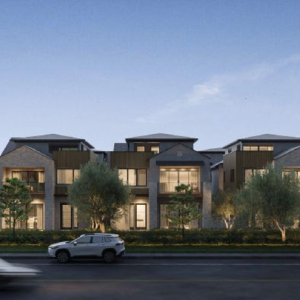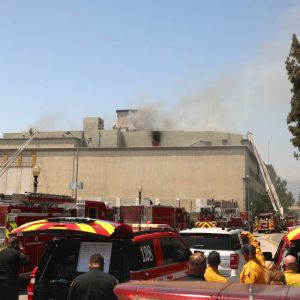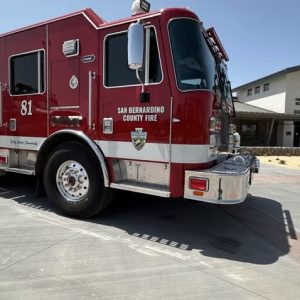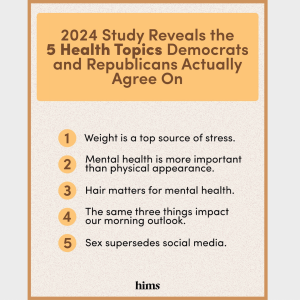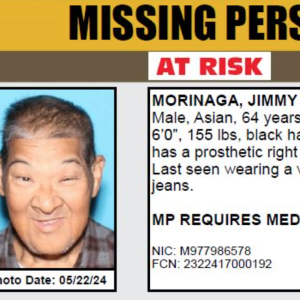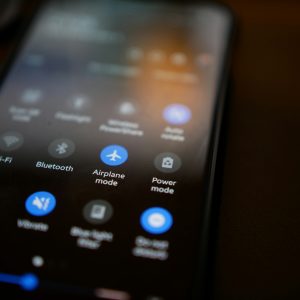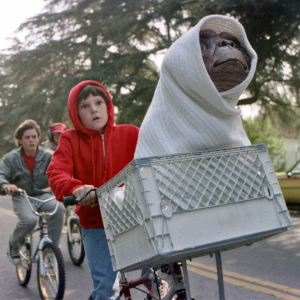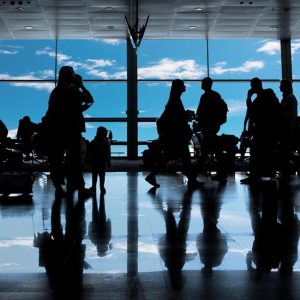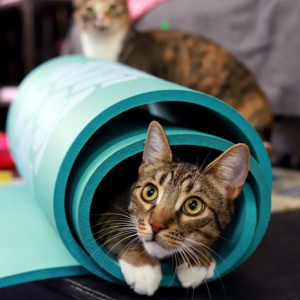 View Winners →
View Winners → Republic of China – Taiwan – Island of Change

Photos by Terry Miller
Republic of China – Taiwan – Island of Change
Ruling Nationalist Party loses ground in last week’s election
By Terry Miller
It took a mere 14 hours on a very comfortable, direct flight from LAX via EVA Air to be transported into another world. This was my first visit to the Republic of China, Taiwan, and it was most certainly full of revelations and genuine wonder.
I was invited to attend the 10-10 celebration in Taipei last month and, along with journalists from all over the world, to cover the events leading up to and surrounding the National Holiday in Taiwan.
From one of the highlights of the trip, shaking hands with President Ma at the awe-inspiring President’s Residence in Taipei, to the splendor of nature and the sea at Yehliu on the northeast coast of what was formerly known as Formosa, our trip was truly a remarkable experience.
Our guide and host, Mr. Peter Sun from the Ministry of Foreign Affairs, taught me so much about Taiwan, particularly with the complex political system – however, it was the rich history of struggle and economic growth that fascinated me. But perhaps the most common discussion was political with so many changes afoot.
Everywhere you go in Taiwan, you’ll see portraits of Chiang Kai-shek and a rather ornate memorial adorns central Taipei – an extraordinary and opulent monument to a long-time leader of China. But echoes of the past are slowly being questioned on the island.
Taiwan’s ruling Nationalist Party lost ground in midterm local elections last Saturday, which is significant. This election is a show of agitation that led to the Cabinet head’s resignation and could seriously affect the party’s 2016 presidential bid. The dwindling support of President Ma Ying-jeou’s Nationalists concerns mainland China which claims sovereignty over self-ruled Taiwan. Under Ma’s leadership since 2008, Beijing and Taipei have, for the most part, agreed to differ and to work out agreements on expanding trade, transit and investments.
China sees the agreements as steps toward unification, while Ma Ying-jeou’s looks upon [the agreements] as chances to stabilize relations with Beijing and improve Taiwan’s economy. The opposition Democratic Progressive Party (DDP), which picked up six major mayoral and county magistrate seats last Saturday, takes a more vigilant view toward deals with China and prefers more detachment from the mainland.
China has claimed sovereignty over the island since the Chinese civil war of the 1940s, when the Nationalists under Chiang Kai-shek lost and set up a rival government in Taipei. Taiwan became democratic in the 1980s and elected its first opposition president in 2000.
In last Saturday’s election, the Nationalists won only six of 22 top mayoral and county magistrate posts, with the Democratic Progressive Party taking 13 and independents three. Among the positions the Nationalists lost was the mayor’s job in Taipei, won by independent Ko Wen-je, and the leadership post in Taichung, a central city of 2.8 million, which it had held for 12 years.
40 years after Chiang Kai-shek’s death, statues of the autocratic leader are ever-present on school campuses across the island he long ruled.
In recent weeks students have displayed hostility: seven Taiwanese high schools united to mark the 1987 anniversary of the end of martial law first imposed by Chiang. The young protesters demanded that effigies of the three-decade ruler be removed.
According to a recent story in the Los Angeles Times, “Just because students are used to seeing his statues doesn’t mean they think the statues are right,” said Tung Lee-wei, 16, a first-year student at Cheng Kung Senior High School in Taipei who helped organize the campaign.

Attention to the 6 1/2-foot-tall statues, as well as to roads and landmarks bearing Chiang’s name, has grown since hundreds of protesters led by university student-occupied parliament in March and April. That protest, known as the Sunflower Movement opposes ‘fast-track’ legislative approval of a trade pact with China. The Sunflower Movement grew exponentially.
“The Sunflower Movement is an awakening movement among the young in Taiwan,” Joseph Wu, secretary general of Taiwan’s chief opposition group, the Democratic Progressive Party was quotes in Los Angeles Times. “The newest move by the high school students represents an awakening to question the existence of Chiang’s statues when Taiwan is supposed to be democratized.”
Chiang Kai-shek was a Chinese political and military leader who served as the leader of the Republic of China between 1928 and 1975. Chiang was an influential member of the Kuomintang (KMT), the Chinese Nationalist Party, and was a close ally of Sun Yat-sen. In 1926, Chiang led the Northern Expedition to unify the country, becoming China’s nominal leader. He served as Chairman of the National Military Council of the Nationalist government of the Republic of China (ROC) from 1928 to 1948. Chiang led China in the Second Sino-Japanese War (the Chinese theater of World War II), consolidating power from the party’s former regional warlords. Unlike Sun Yat-sen, Chiang Kai-shek was socially conservative, promoting traditional Chinese culture in the New Life Movement and rejecting western democracy and the nationalist democratic socialism that Sun embraced in favor of an authoritarian government.
Chiang’s predecessor, Sun Yat-sen, was well-liked and respected by the Communists, but after Sun’s death Chiang was not able to maintain good relations with the Chinese Communist Party (CCP). A major split between the Nationalists and Communists occurred in 1927; and, under Chiang’s leadership, the Nationalists fought a nation-wide civil war against the Communists. After Japan invaded China in 1937, Chiang agreed to a temporary truce with the CCP. Despite some early cooperative military successes against Japan, by the time that the Japanese surrendered in 1945 neither the CCP nor the KMT trusted each other nor were actively cooperating.
.
The year 1972 proved to be pivotal for Chiang Kai shek and Taiwan because United States’ President Richard Nixon visited the People’s Republic of China. President Nixon also agreed that Taiwan was a part of China. These diplomatic setbacks, mixed with a long bout of pneumonia, had many questioning Chiang Kai-shek’s ability to lead the country. His son, Chiang Ching-kuo, who was appointed premier in May, assumed most of Chiang Kai-shek’s duties. For the last three years of his life, Chiang Kai-shek was the ceremonial leader of the Republic of China, but his son was the practical leader. Chiang Kai-shek suffered a fatal heart attack and died on April 5, 1975.
Chiang Ching-kuo, Chiang Kai-shek’s son and successor as the president, began to liberalize the political system in the mid-1980s. Democratic reforms continued in the 1990s, with Lee Teng-hui re-elected in 1996, in the first direct presidential election in the history of the ROC. During the later years of Lee’s administration, he was involved in corruption controversies relating to government release of land and weapons purchase, although no legal proceedings commenced. In 2000, Chen Shui-bian of the Democratic Progressive Party was elected as the first non-Kuomintang (KMT) President and was re-elected to serve his second and last term since 2004. Polarized politics have emerged in Taiwan with the formation of the Pan-Blue Coalition of parties led by the KMT, which favors eventual Chinese reunification, and the Pan-Green Coalition of parties led by the DPP, which faavors an eventual and official declaration of Taiwanese independence.
On 30 September 2007, the ruling DPP approved a resolution asserting a separate identity from China and called for the enactment of a new constitution for a “normal country”. It also called for general use of “Taiwan” as the country’s name, without abolishing its formal name, the Republic of China. The KMT increased its majority in the Legislative Yuan in the January 2008 legislative elections, while its nominee Ma Ying-jeou went on to win the presidency in March of the same year, campaigning on a platform of increased economic growth and better ties with the PRC under a policy of “mutual non-denial”. Ma took office on 20 May 2008, the same day that President Chen Shui-bian stepped down and was notified by prosecutors of possible corruption charges. Part of the rationale for campaigning for closer economic ties with the PRC stems from the strong economic growth China attained since joining the World Trade Organization.
We will continue to look at the land of Taiwan in an-on-going series.
Endit




